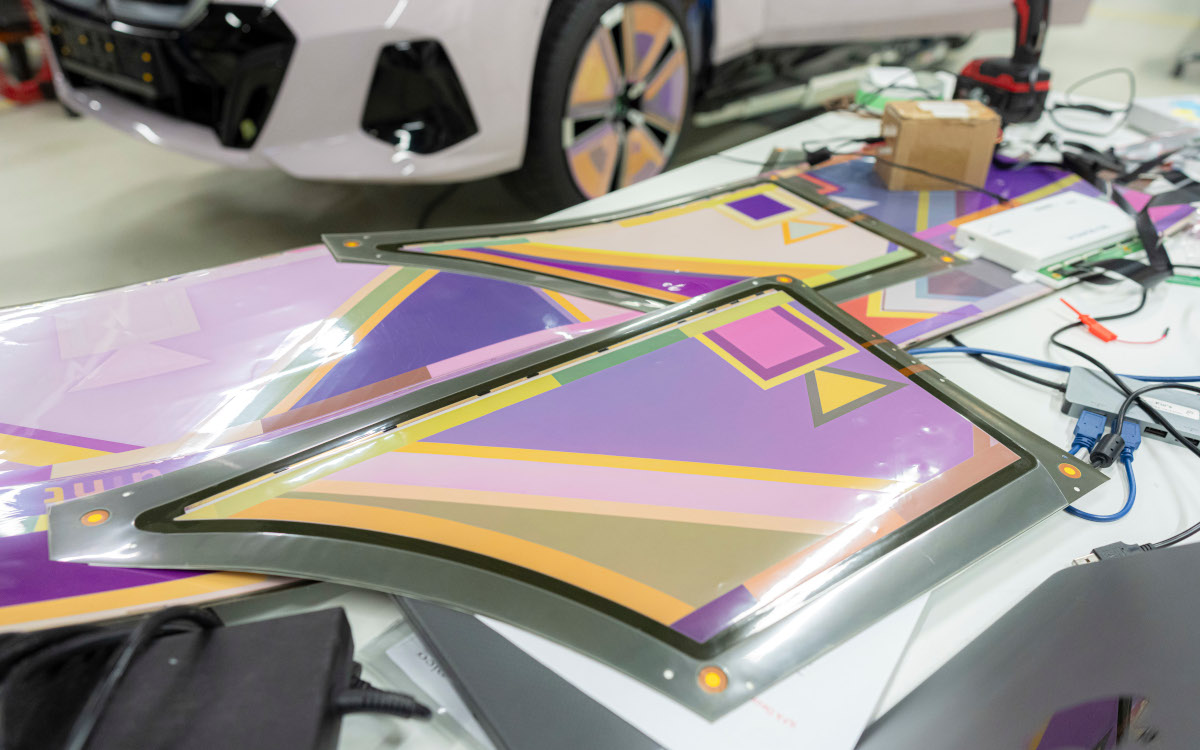The vision of a chameleon car is expected to become reality in three to five years. The engineer behind BMW's E-Ink prototype confirmed that mass production is approaching.

BMW’s E Ink Car: Serial Production in 3-5 Years
In three to five years, we may start seeing color-changing vehicles on the streets. That is, if Stella Clarke has her way. She is the engineer behind BMWs e-paper wrapped car prototypes. In an interview with a local media outlet in Australia, where she’s from, she confirmed that BMW plans to start serial production within this time span. This was reported by Drive.
BMW showcased the first car with e-paper wrap at CES 2022 and has since presented newer versions, such as the BMW iVision Dee. Dee. Last year, Stella Clarke also launched a collaboration with South African painter Esther Mahlangu. Together, the two women developed the BMW Flow i5 Nostokana, a color-changing reincarnation of the Esther Mahlangu Art Car from 1991.
The vision: chameleon cars for everyone
For the inital production phase, Stella Clarke sees e-paper wrapping as an exclusive premium feature, not yet available as a mainstream product. However, her vision is to bring the technology to a broad customer base sooner rather than later, as she explains to Drive. “And the dream is that in a car factory, you no longer have the traditional spray-painting cabins, but rather everything gets [E Ink] and every car can do every colour,” says Clarke.
E Ink wrapping technology
The e-paper wrapping technology comes from Taiwanese manufacturer E Ink. It uses the same electrophoretic coloration as the full-color E Ink Spectra 6 technology, which is used for most color e-paper signage displays like those from PPDS or Sharp. For car wrapping, E Ink developed a special film called E Ink Prism, which can potentially be applied not only to cars but to other design objects as well.
Together with BMW, E Ink developed a specialized laser cutting process and an electronic control system for the color-changing vehicles. BMW will provide the programmed animations, as seen in the prototypes. Beyond aesthetics, the color changing feature is also intended to have practical benefits, as BMW emphasizes. For instance, light colors can reduce heating in bright sunlight, while dark colors absorb more heat in colder weather. Additionally, E Ink technology only uses energy during color changes, meaning the programmable exterior won’t consume excessive power.
